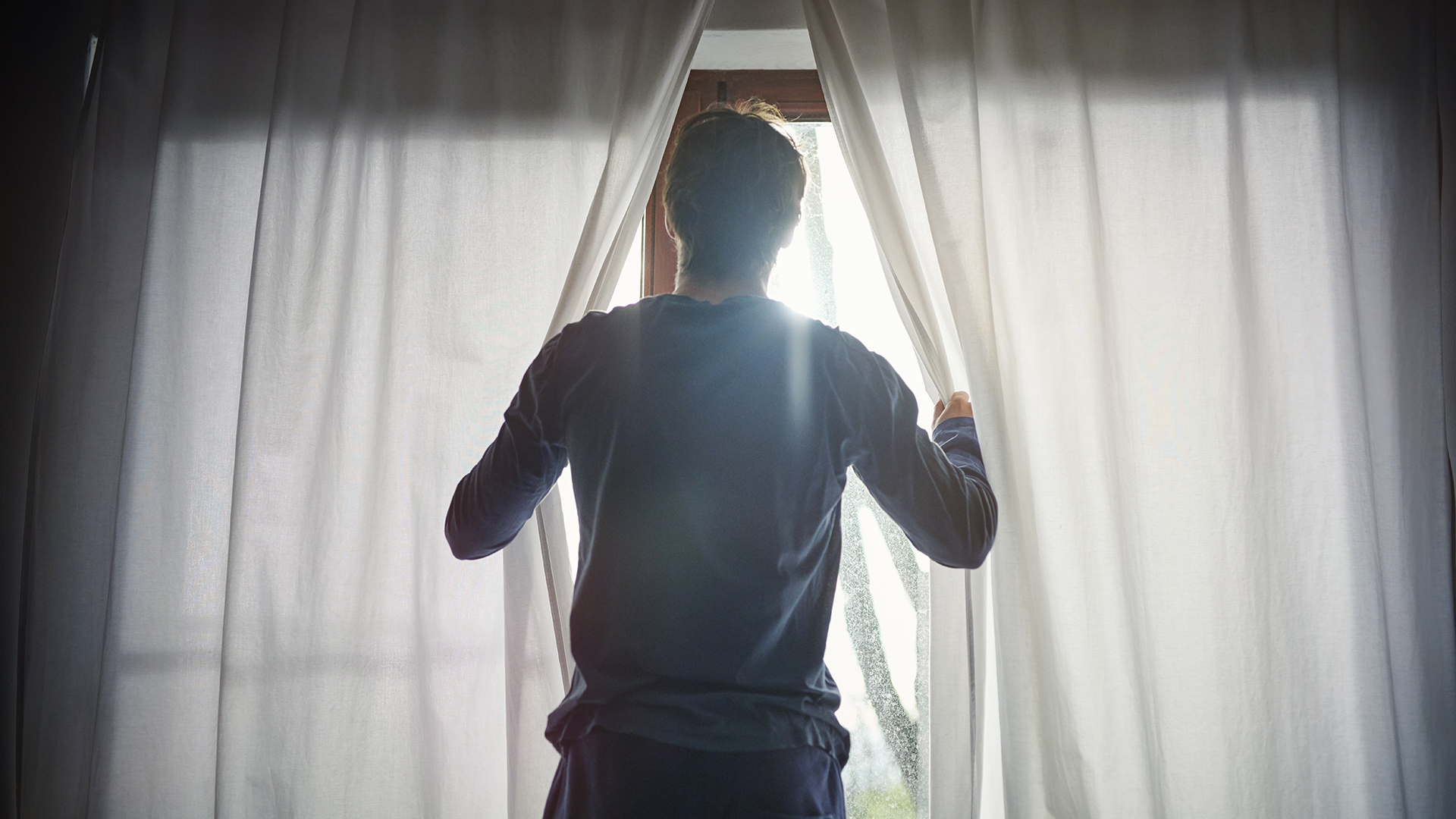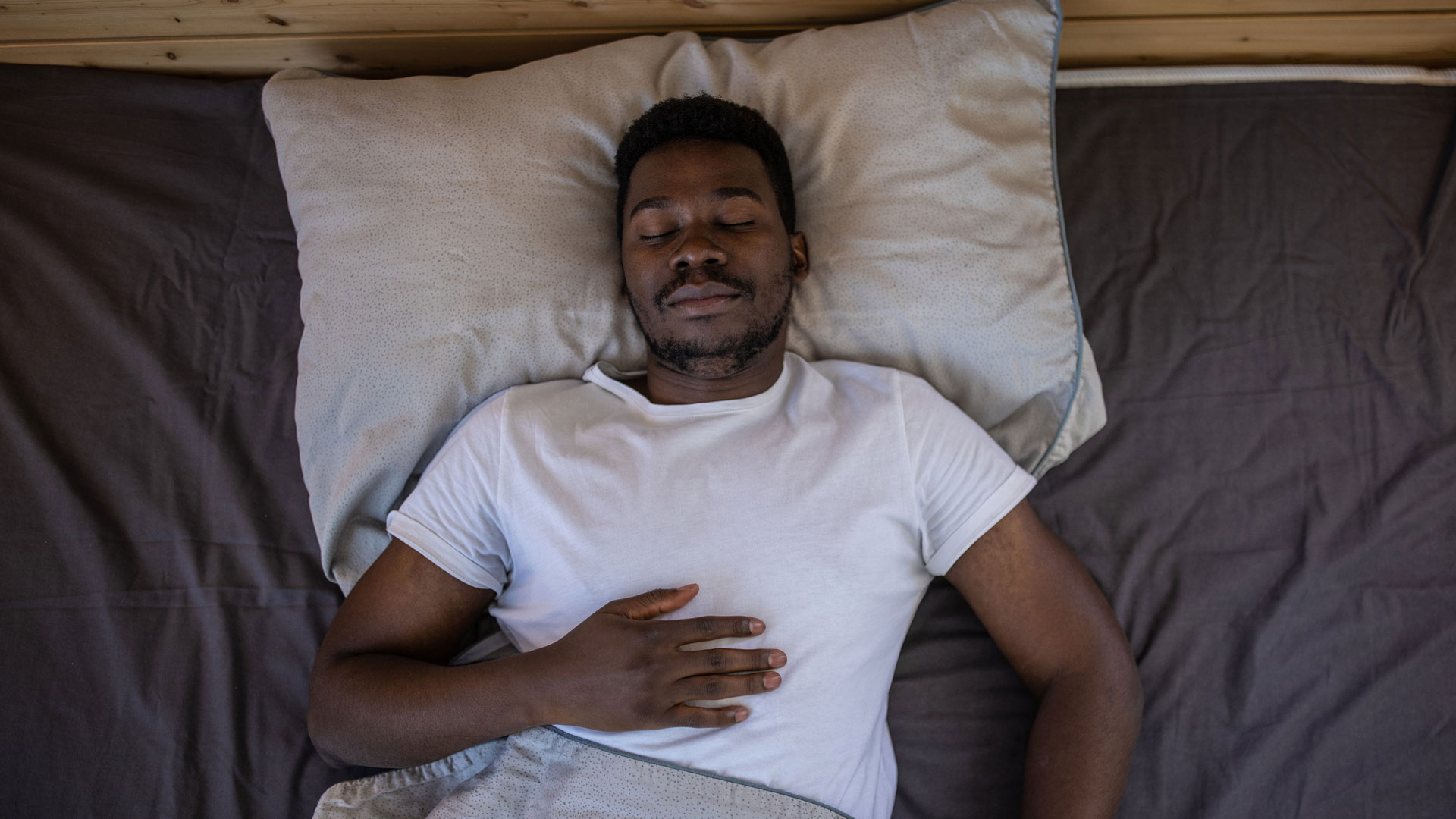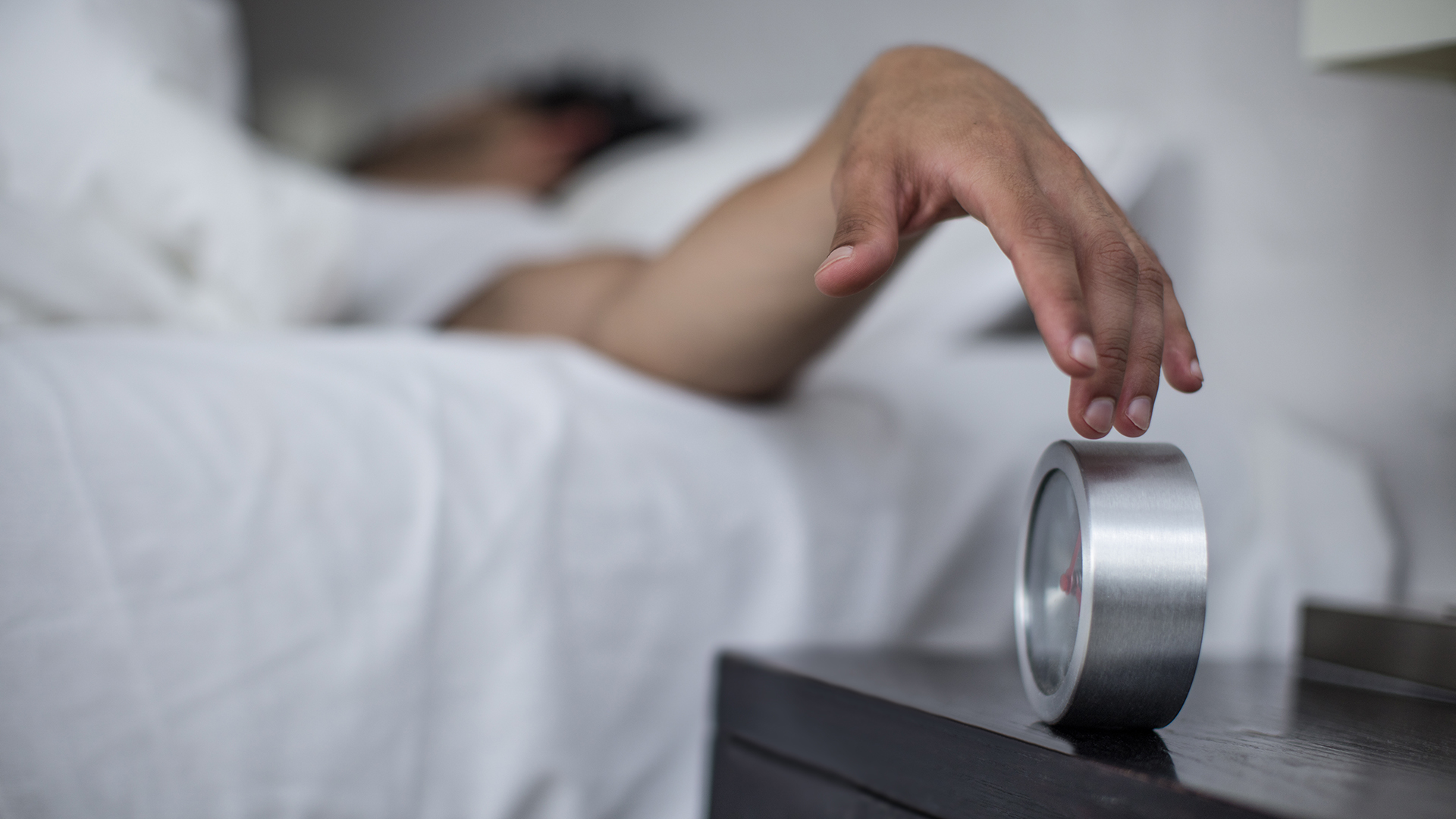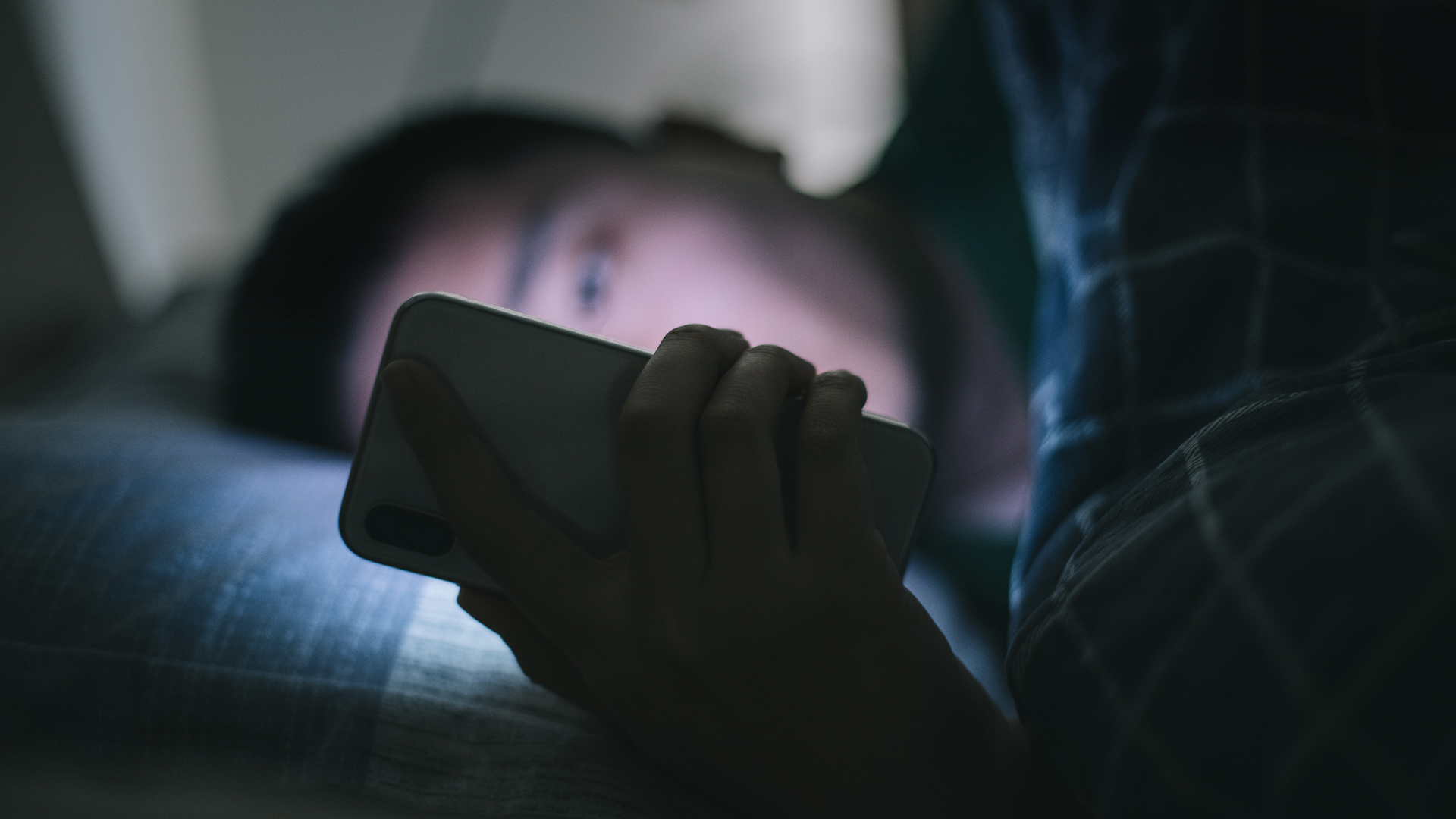[ad_1]
I’ve never been one to leap out of bed once my alarm has gone off, preferring to sit and scroll through my phone for a few (or more) minutes. But I worry that by causing me to associate ‘being in bed’ with ‘playing on my phone’, this morning laziness is affecting how easily I can fall asleep. So when I heard about the 3-2-1 sleep method, which uses a simple countdown to get you up in the morning, of course I wanted to try it out.
To use the 3-2-1 method, all you have to do is count down from three, getting out of bed when you reach zero. The countdown acts as motivation and a timer, encouraging you to leave behind your best mattress and start the day efficiently.
I’ve been meaning to try this technique for a while, but always lacked the motivation to give it a go. While I liked the idea of being up and about, the reality of my warm bed was always much more appealing. But for World Sleep Day, I decided to finally take the leap. And while the 3-2-1 method isn’t perfect, it has been getting me out of bed. Here’s what I’ve found.
What is the 3-2-1 method for getting out of bed?
The 3-2-1 method is an incredibly simple method for motivating yourself out of bed. After your alarm has gone off in the morning, count down from three. When you reach zero, get out of bed. This quick countdown is intended to limit the time you spend lounging around on the mattress, so you don’t associate lying in bed with anything other than going to sleep.
How to use the 3-2-1 method
After over a week using the 3-2-1 method, I’ve noticed a few things. First, it’s hard. Getting out of bed immediately is a drag when your mattress feels so welcoming. Second, despite the effort, it’s worth doing. I’m up earlier, giving myself more time in the morning, and while I wouldn’t say I’ve broken my phone-in-bed habit just yet, I’m hoping that will come with persistence. Here are some tips for making it work:
1. Give yourself a reason to get out of bed
The 3-2-1 method was most effective on the mornings I gave myself a good reason to get out of bed – wanting to take a shower, for example. With an obvious reason, and a benefit, it was easier to feel enthused about getting out of bed. And because I had something to do, I wouldn’t just collapse into a chair and start dozing.
The initial plan was that I would wake up, turn off my alarm, and count myself out of bed, all within the span of about 10 seconds. However, this fell apart quickly. Jumping out of bed straight after waking left me feeling disorientated, as I was still very much in sleep mode and needed a moment to get my bearings.

Things went better when I gave myself a few minutes to work through the where am I? / what’s happening? / what day is it? morning questionnaire before I started introducing countdowns. I found the easiest way to do it was to wait until I would normally reach for my phone, and then get out of bed instead.
3. 3 seconds is not enough time
I thought three seconds was the ideal countdown time – short, snappy, and goes by so fast I wouldn’t have a chance to back out. However, I forgot one important detail: first thing in the morning, my brain is running pretty slowly. Three, two, one was just not enough time.
My three second countdown was becoming three seconds… then three seconds… then another three seconds. So I switched to a 10 second countdown. Still fairly sharpish, but not so quick that it’s been and gone before my brain has had a chance to cotton on.
4. Choose the right alarm
A loud and shocking alarm contributes to that feeling of disorientation that you want to avoid first thing in the morning. The best iPhone alarms to wake up to are more melodic, taking a gentle yet effective approach that should reduce grogginess so you can get out of bed easier. I also found switching to a smart clock alarm helped, as waking up in a lighter sleep phase made it easier to transition to feeling fully present.
5. Add some light and movement
Once you’ve made it over the hurdle of getting out of bed, the next step is to get active. Because while it’s tempting to just move to the nearest chair and start your scrolling / dozing, it’s not really in the spirit of things – and it probably won’t help you overcome the groggy effect of lying in bed.

After getting up, I found it helpful to do a few activities that marked the start of the day. Opening the curtains to let some light in, stretching, writing some thoughts down – anything that emphasized I was out of bed and ready to get going.
And while you don’t necessarily want to make the bed right away, pulling the sheets back neatly gives the mattress a chance to breathe and it makes the bed look less tempting. You can’t crawl under the covers if the covers have already been tucked back.
Was the 3-2-1 method effective?
After a week using the 3-2-1 method I can say I’ve found it effective at getting me out of bed (especially once I’d made a few tweaks), but not necessarily effective at waking me up. However, I’m not giving up just yet. Moving forward, I plan to:
Give myself more routine in the morning
The biggest problem with the 3-2-1 method was that once I was out of bed, I mostly just stood around doing nothing. This is due to poor planning on my part, as I wasn’t giving myself enough to do after I’d woken up. In future, I’ll prepare some simple tasks to do in the morning, to help get my brain engaged.

Experiment with countdown lengths
I tried both a three and 10 second countdown, and while 10 seconds was more effective, it was sometimes too long, giving me plenty of time to reflect on why staying in bed was such a good idea. Fingers crossed that seven is the sweet spot.
Prepare the night before
Planning for the morning as I go through my bedtime routine should hopefully prepare me for success – or, at least, an easier time getting out of bed. As well as thinking of tasks to wake me up, meal prepping a good breakfast and decluttering the bedroom will make leaving the mattress seem more appealing.
Why should you get out of bed right away?
Lazing around in bed in the morning feels like a comfortable way to start the day, as you put off a busy morning and enjoy a lingering sleepiness. However, spending too much time awake in bed can be bad for your sleep, as you start to associate the bed with things other than rest.

I wanted to try the 3-2-1 method because I felt spending too long in bed every morning was having a negative impact on both my sleep and my day. Here are some reasons why actually getting up when you wake up is a good idea…
Your body will learn that bed = sleep
Spend too much time under the covers each morning and you might inadvertently find yourself bed rotting. This is when you relax in bed with no intention of falling asleep.
A highly popular TikTok wellbeing trend, bed rotting might feel refreshing in the moment, but it can be disastrous for your sleep. Bed rotting deteriorates the association between ‘going to bed’ and ‘going to sleep’, making it harder to drift off at night.
I spend a lot of the morning scrolling through my phone and at night, I struggle to just get into bed and close my eyes. I always spend a few minutes on my phone, even when I’m so tired I could drop off instantly. Part of this is because I associate being in bed with being on my phone, as that’s how I spend my morning, so I feel almost obligated to do that final scroll.

You’ll feel less groggy
You’re more likely to fall back to sleep, or at least start dozing, when you spend the morning lounging around in bed. Much like pressing the snooze button multiple times, this switching back and forth from awake to asleep confuses the body clock, as it doesn’t know whether you’re coming or going. This leads to a groggy feeling that can persist throughout the day.
You’ll be more productive
Spending my morning in bed feels like wasted time, especially as I tend to just sit on my phone, paying no attention as I swipe through TikTok. Getting out of bed straight away should get me active, which should, hopefully, make me more awake and productive.
[ad_2]
Source Article Link

